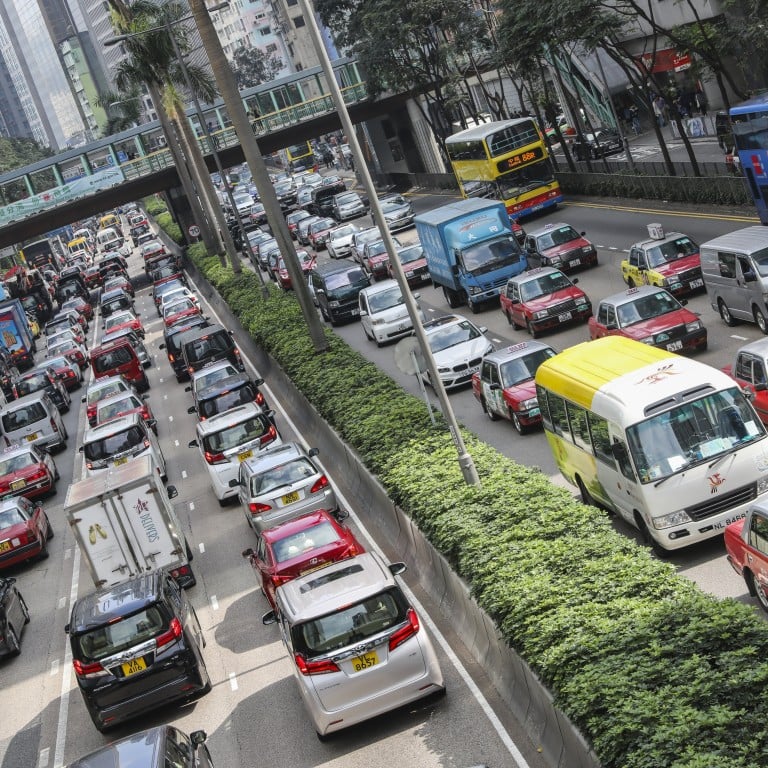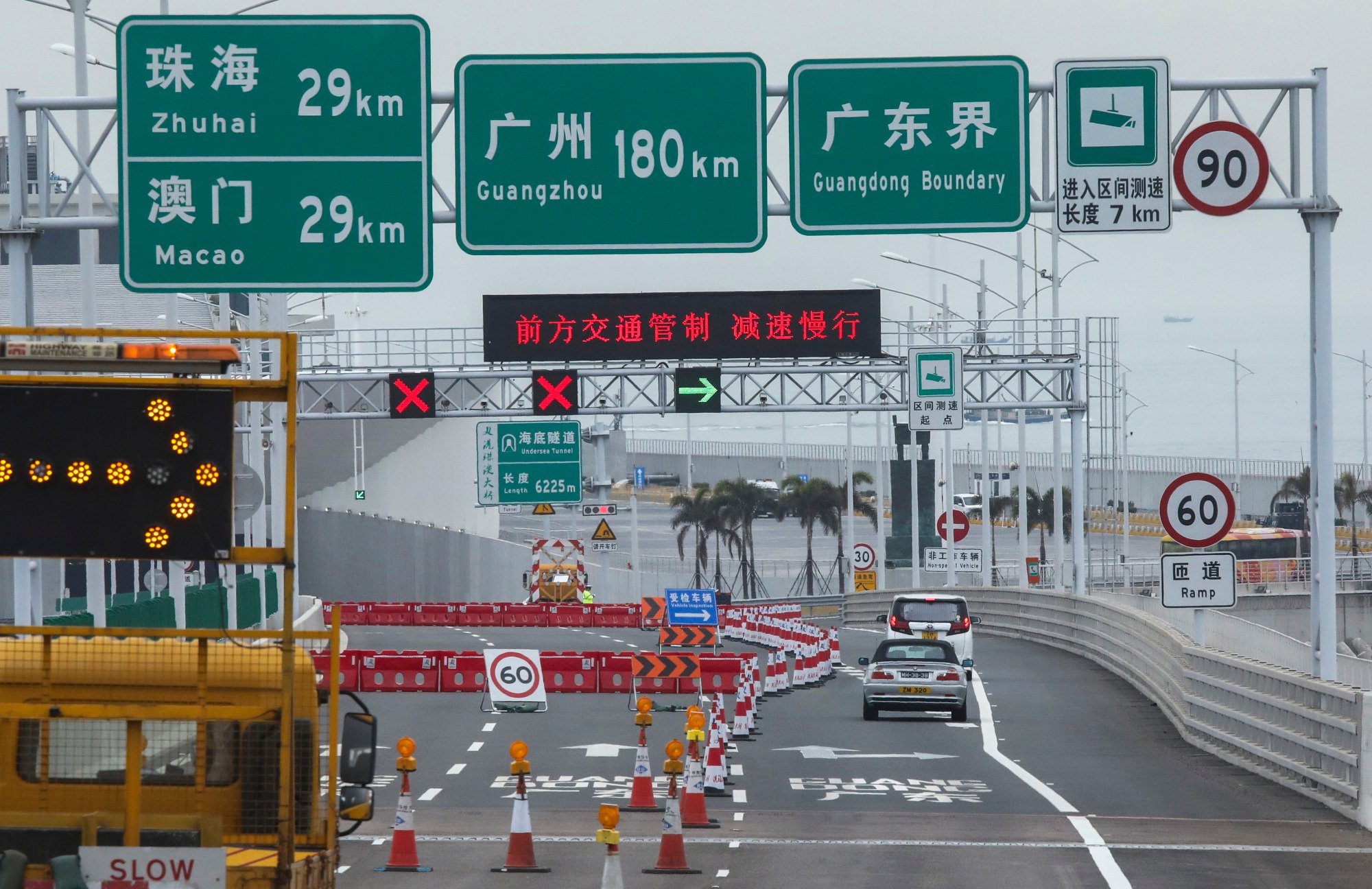
Explainer | What you need to know about driving from Hong Kong into mainland China via mega bridge, from licences to insurance and road rules
- Motorists with Hong Kong identity cards, home return permits from mainland and licences will be allowed to drive across border starting on July 1
- The Post unpacks administrative work and rules for users to better plan trips
Known as “Northbound Travel for Hong Kong Vehicles”, the scheme will allow residents to drive into Guangdong, while also boosting traffic on the underused Hong Kong-Zhuhai-Macau Bridge.
Although not all the details have been released, it is expected that motorists with permits will be able to set off on July 1.
The Post unpacks what is known so far about the scheme.

1. What are the requirements and who can apply?
Hong Kong and Guangdong provincial authorities agreed to accept a maximum of 200 applications per working day in the first week of operations. The quota will be increased to 300 from the second week and is set to be gradually expanded upon review.
Motorists with Hong Kong identity cards, home return permits issued by mainland authorities and Hong Kong and mainland driving licences will be allowed to cross the border using the mega bridge and stay up to 30 consecutive days each time, subject to an annual maximum of 180 days.
City residents with visas and foreign passports will be allowed to drive on the mainland if they have the required permits. Car owners will be exempt from paying mainland customs duties on the value of their vehicles or applying for guarantee arrangements.
Those who are successful can submit their applications for the scheme within a specified period from 9am on June 1, based on dates randomly assigned by the system.
Drivers are required to obtain private car driving licences from Hong Kong and the mainland. Their vehicles must be inspected at the designated vehicle examination centre operated by the China Inspection Company.
There is no need to purchase traffic accident liability insurance from the mainland. But the Hong Kong Federation of Insurers has recommended motorists have policies that can protect beyond the coverage required by the mainland that is limited to claims of 200,000 yuan (US$28,930).
2 roadblocks facing plan to let more Hong Kong drivers cross mega bridge: experts
2. How do I obtain a mainland driving licence?
Drivers under the scheme should obtain both Hong Kong and mainland driving licences for private cars.
Hong Kong drivers who want to obtain a mainland driving licence can complete the relevant procedures in person in advance via counters of the traffic management departments of public security organisations in Guangdong.
They must undergo a health check at an authorised medical institution in Guangdong.
‘Vehicle inspection bottlenecks pose problems’ for Hong Kong cross-border drivers
3. What’s new with the scheme?
Driving a private car across the border was a privilege for only a minority in Hong Kong until now.
They included Hongkongers with a specific level of investments and tax contributions in Guangdong and local political delegates to China’s top legislature or advisory body.
Out of more than 570,000 private cars in the city in January, only about 16,700 were part of that “regular quota”, identified on their licence plate by the Chinese character Yue, the official abbreviation of Guangdong.
Under the regular quota system, those “dual-plate” private cars are permitted to make multiple entries to the mainland via the bridge within three years.
There is also an ad hoc scheme that allows private cars to travel via the Shenzhen Bay Port. Each vehicle owner can apply for one slot only each time.
5. What about road rules and signs?
Ringo Lee Yiu-pui, president of the Hong Kong Automobile Association, advised motorists to familiarise themselves with the traffic rules and road signs on the mainland, where people drive on the opposite side of the road.
“I am worried local motorists may run into problems driving on the mainland. For example, on the mainland’s highways, motorists can drive as fast as 120km/h (74mph), much faster than in Hong Kong,” he said.
“But when they exit the highway, they can reduce the speed very quickly, which can pose hazards for trailing cars if they are unfamiliar with the driving style.”
Lee advised the city’s motorists to take a short course on mainland driving before hitting the roads there.

